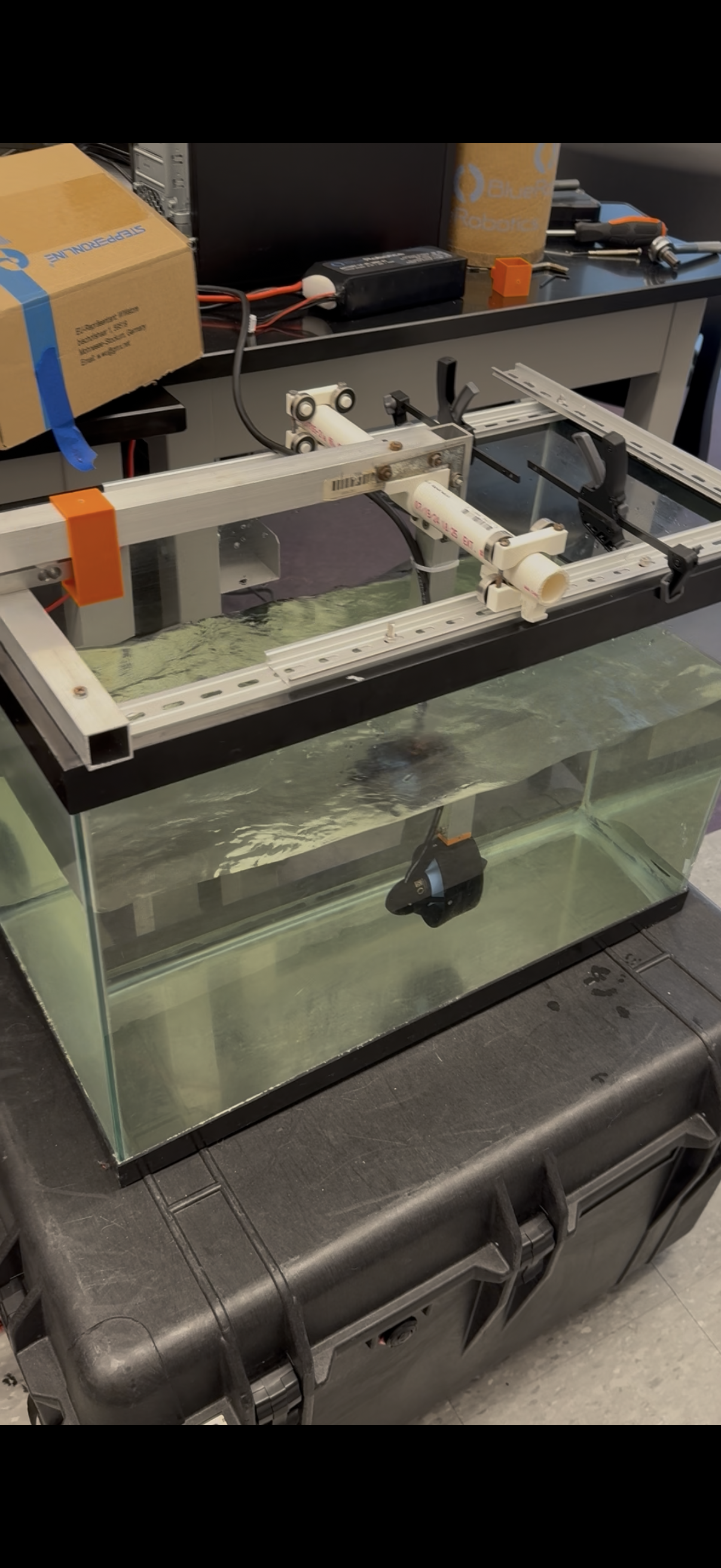This underwater thruster test stand is an active development project designed to provide
comprehensive testing capabilities for ROV and AUV thruster systems. Currently in active
development, the project focuses on creating a robust, accessible testing platform using
readily available lab materials and modern control systems.
The system is being built with a focus on modularity and ease of use, allowing researchers
and engineers to quickly test different thruster configurations and generate accurate
thrust-throttle curves for design optimization. The web-based interface ensures that anyone
can connect to the device and control it without specialized software installation.
This project demonstrates practical engineering skills in mechanical design, electronics
integration, software development, and data acquisition systems, all while working within
resource constraints and utilizing available lab materials.
